SAP SAP Finance and Controlling go hand in hand and performs most of the traditional legal entity accounting functions, reporting by company, income statements and balance sheets. This is the module where you will find the Accounts Receivable and Accounts Payable sub-ledgers and their open items along with the Asset Accounting Ledger.
Organizational Elements (Structures)
- Chart of Accounts – contains all account numbers and some general control data.
- Company Code – an independent balancing / legal accounting entity. each company code is assigned to one Chart of Accounts
- Functional Area – Classify operating expenses according to of cost-of-sales accounting by production, admin, S&D marketing, R&D, etc. By breaking costs into functional areas cost- of-sales accounting shows why costs accrue and indicates the economic purpose of the expense.
- Trading Partner
- Operating concern – the central organizational element in profitability analysis. It represents the environment within which a market or (customer defined) segment of the business can be monitored and profitability analyzed. 1:n relation to controlling.
- Controlling area – identifies a self-contained unit for which the management of costs and profits can be performed. Only one chart of accounts is allowed within a controlling area.
- Asset Accounting – Depreciation (both book and tax), net book values, transfers and retirements
Document Posting Principles:
Each posting is in the form of a complete document. It must contain:
- Basic account assignment data (i.e. document date, posting date, document type, posting key, account number and amount.
- Entries must be made in all required fields.
- Debit and credit balances must be equal.
Every document contains a document header and at least two or more line items.
- The header contains information valid for the whole document (i.e. document date and type).
- Line items contain transaction specific data (i.e. posting key, account number and amount).
Document header
- Document Date is the date that the transaction took place. (Must be on or before the Posting date ?) Posting Date determines the posting period (the system will enter this date if not provided?)
- Document Number is normally assigned b the system from a range predefined for each document type. (Not an input for g/l doc types {S}
- Reference and Document Header Text is descriptive data
- Period is the accounting period. Normally numeric (1 to 16?)
-
Document type, a two character alphanumeric field. This field determines the document number range and the valid account types which may be used.
- A df Fixed Assets
- D df Accounts Receivable
- K df Accounts Payable
- R df Logistics (MM & SD)
- S df G/L
- T df Treasury
- W df Material Management
- Z df Sp0ecial purpose
-
Line Items:
- Posting Key is a two character numeric
- Together with the account number controls posting at item level
- Controls valid account type (D,K,M,A)
- Defines a Debit or credit entry
- Controls fields required optional or suppressed
- Valid FI posting keys
o 01-09 DR Customer
o 11-19 CR Customer
o 21-29 DR Vendor
o 31-39 CR Vendor
o 40 DR G/L
o 50 CR G/L




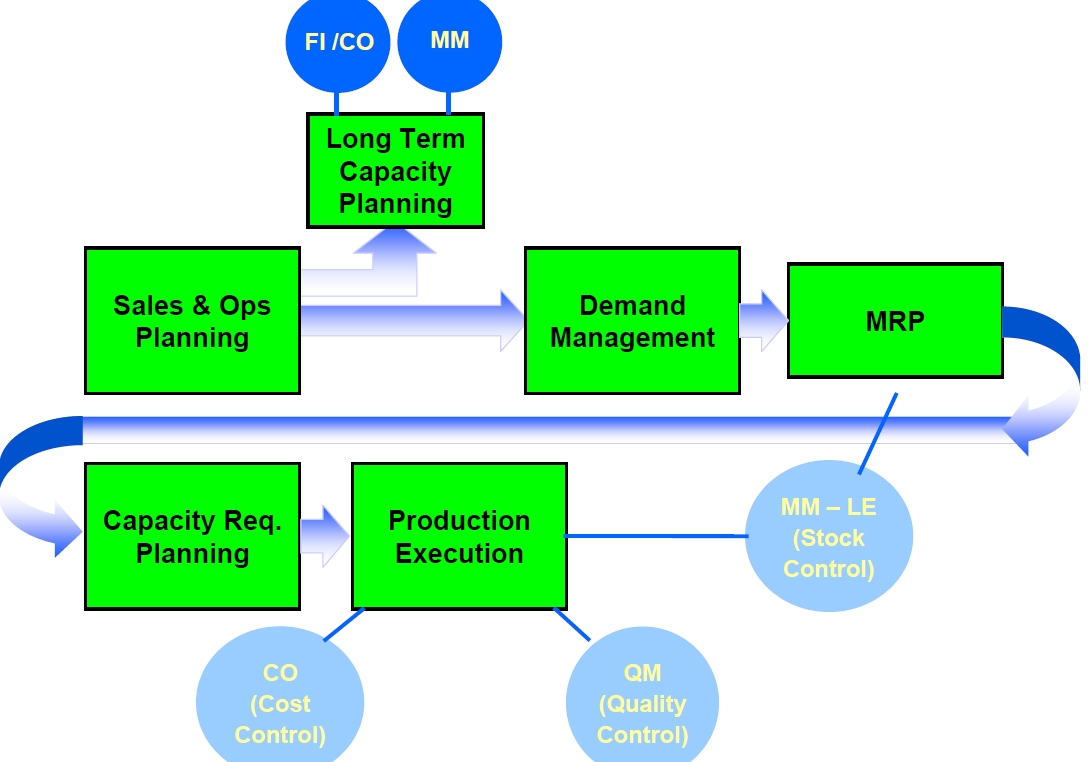

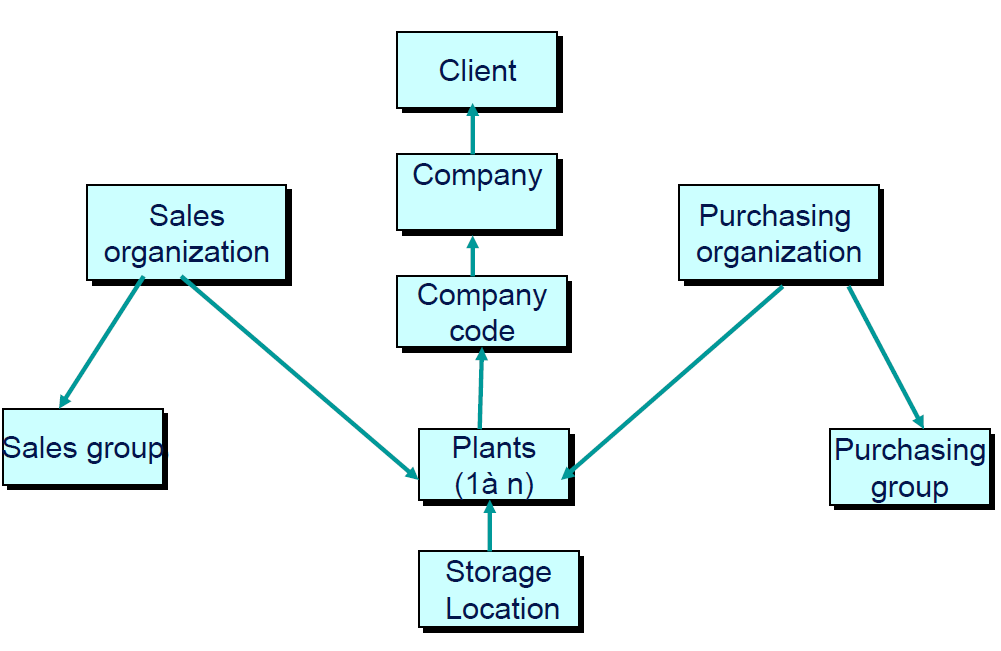
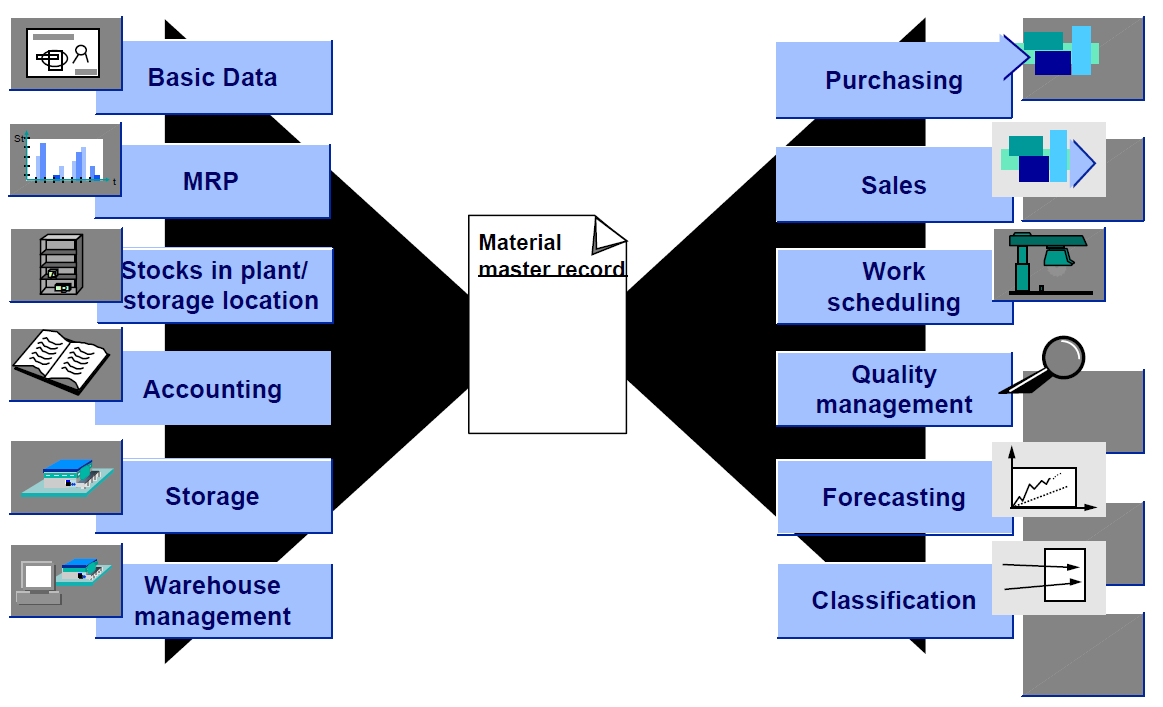
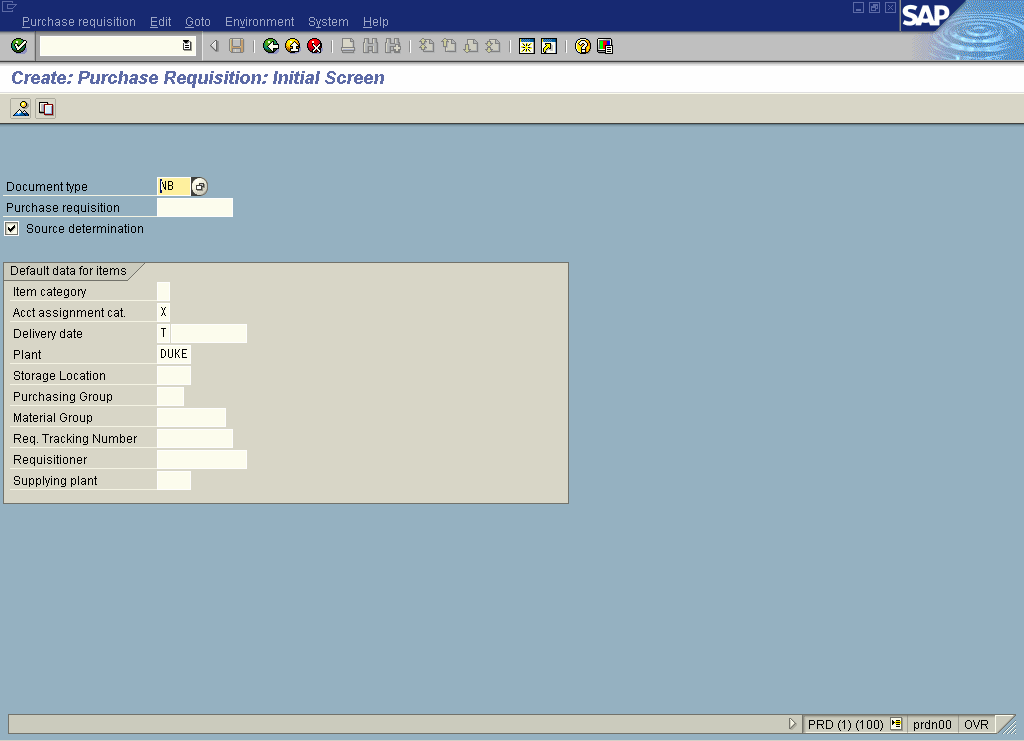
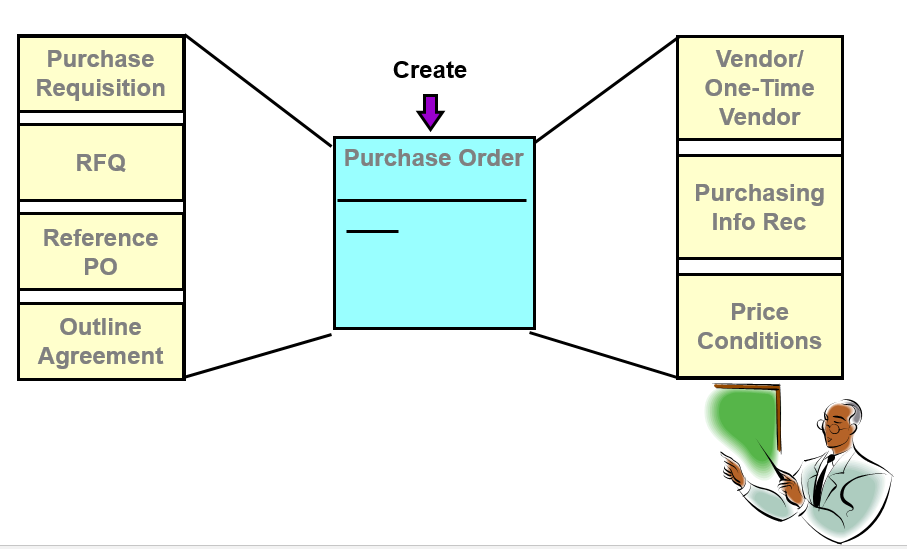
Leave a Reply